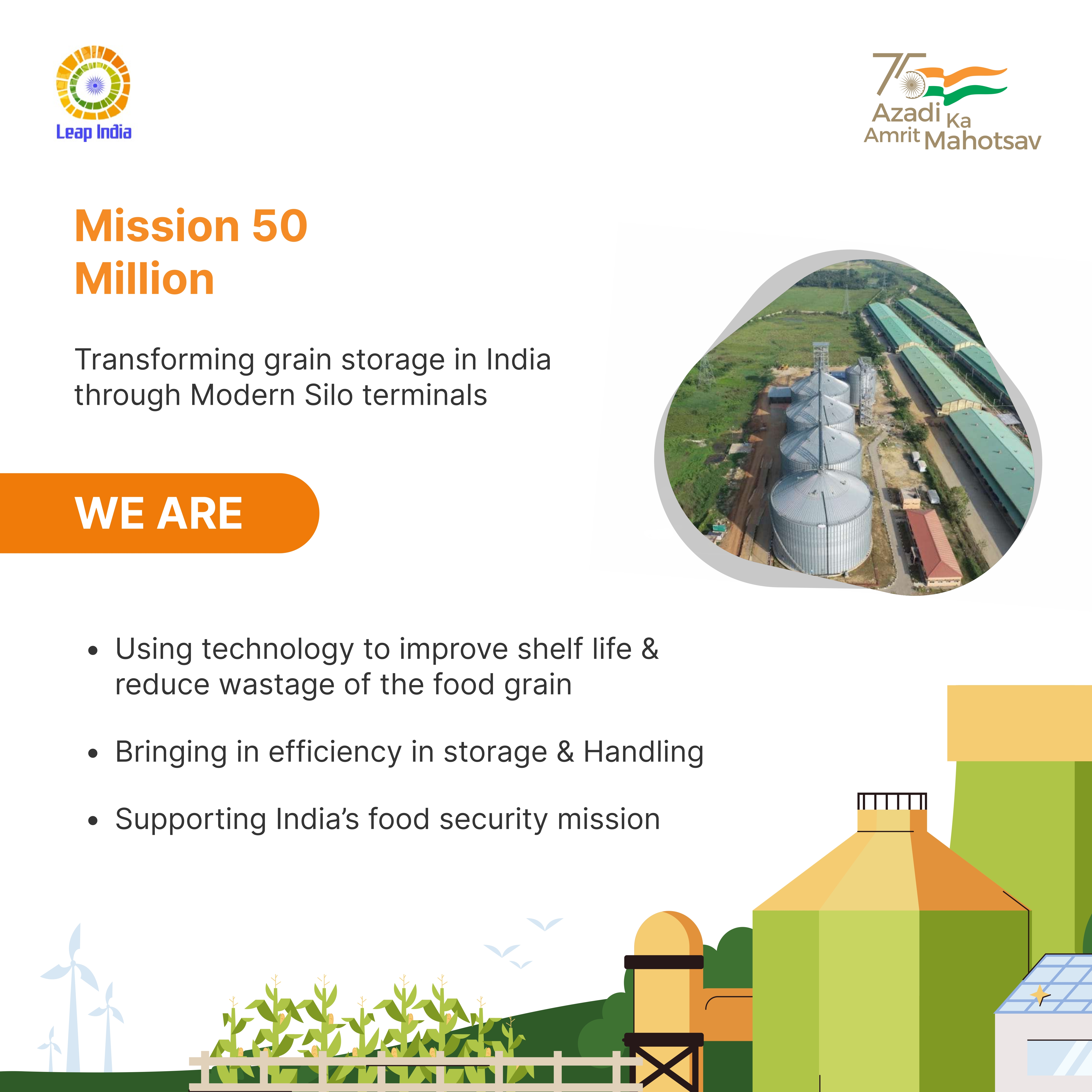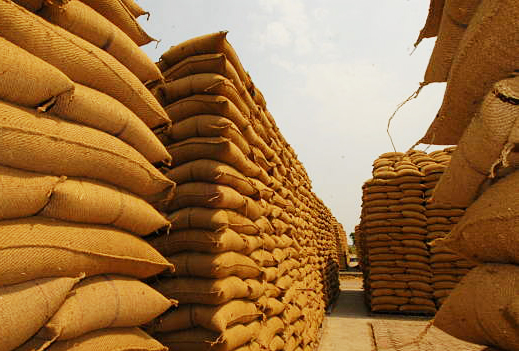- Agriculture is an undeniably important sector of the Indian economy and still accounts for almost 15% of its GDP. Close to 500 million people rely on agriculture as a primary source of income.
- Over the last decade, India’s grain production has steadily increased due to initiatives and technology advancements taken up by the government of India at the farm level. But post-harvest loss of grains continues to plague the supply chain. During 2017-18 India has been projected to reach a record 284.83 million tonnes food grain production. The world bank stipulates that wastage of food each year can feed 1/3rd of India’s poor. Over 194 million Indians go hungry every day while food grain worth in excess of INR 75000 crores is damaged annually due to poor storage conditions.
- The commonly used storage method at the state level currently is cover and plinth (CAP) storage, which is economical but loss of grains in this method is inevitable as it has very little control on the micro climate and is not an efficient deterrent to pests and spoilage due to moisture.
- The Food Corporation of India (FCI) has over 30.5 to million tonnes of storage capacity in over 1900 godowns in India and is now looking at modernizing its storage and logistics.


India's Agri Prowess
- From the 1970s until the late 90s, India’s Agri GDP grew from $ 25 billion to $ 101 billion. In the next 14 years from 2000 to 2014, Agri GDP leaped from $ 101 billion to $ 367 billion, registering an astonishing growth of $ 266 billion. Growth in Agri GDP in the last 14 years was 350% higher than the one achieved in the previous 30 years.
- As per World Bank, India has brought about a landmark agricultural revolution that has transformed the nation from chronic dependence on imports to net exports. India’s agri exports saw an annual growth of $5 billion in FY18 to $38 billion For FY19, the agri-exports are projected to be $44 billion and $100 billion by 2022.
- The world produces more “feed grains” than “food grains”, given that much of its food is meat-centric, in richer countries, 70% or so of grain production gets fed to animals. India’s net international trade in agricultural products fetches higher forex for the country than services or manufacturing.



